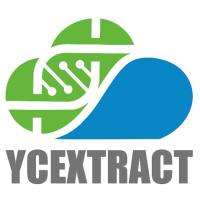Small Efficient Hammerhead Ribozymes
互联网
互联网
相关产品推荐

二级淋巴组织趋化因子(SLC)检测试剂盒CCL21; 6Ckine; CKb9; ECL; SCYA21; TCA4; ECL; Chemokine(C-C-Motif)Ligand 21; Beta Chemokine Exodus-2; Efficient Chemoattractant For Lymphocytes
¥800

aac/aac蛋白Recombinant Actinoplanes utahensis Aculeacin-A acylase (aac)重组蛋白Aculeacin-A acylase small subunit Aculeacin-A acylase large subunit蛋白
¥2328

二级淋巴组织趋化因子(SLC)检测试剂盒(化学发光免疫分析法)CCL21; 6Ckine; CKb9; ECL; SCYA21; TCA4; ECL; Chemokine(C-C-Motif)Ligand 21; Beta Chemokine Exodus-2; Efficient Chemoattractant For Lymphocytes
¥800

二级淋巴组织趋化因子(SLC)检测试剂盒CCL21; 6Ckine; CKb9; ECL; SCYA21; TCA4; ECL; Chemokine(C-C-Motif)Ligand 21; Beta Chemokine Exodus-2; Efficient Chemoattractant For Lymphocytes
¥800

根瘤农杆菌高效化学感受态细胞制备试剂盒 High Efficient Agrobacterium tumefaciens Chemically Competent Cell Prep Kit
¥100

